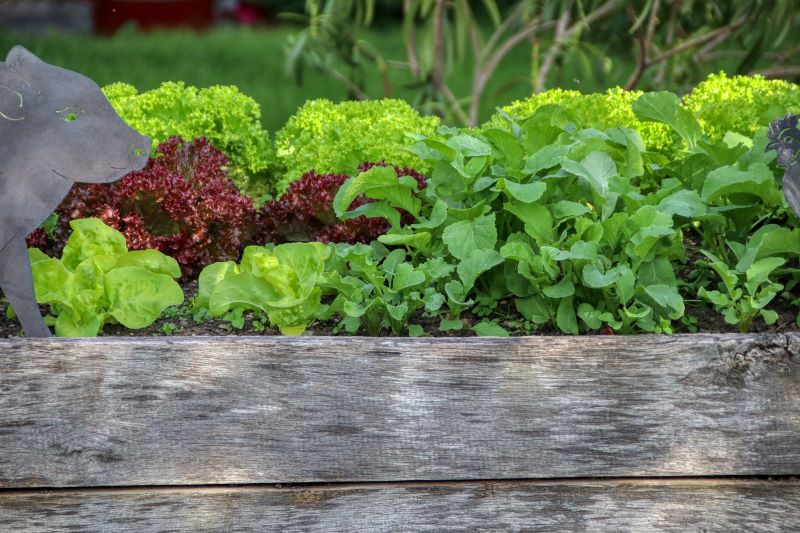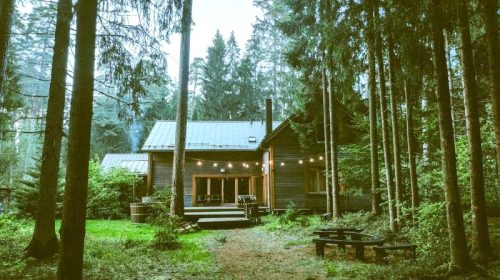Raised Garden Beds
By Josh Reilly
Gopher protection is necessary in San Lorenzo Valley gardens, unless you are willing, over the long term, to endure an almost 50/50 casualty rate. You may need protection against other pests as well. And your local soil may lack nutrition and tilth. For all these reasons raised beds may be a good choice for vegetables, herbs, perennials and annuals. Alas, unless you are an avid scavenger and a DIY wizard, you will not find a cheap way of doing this. Raised bed kits are available from multiple garden supply outlets. These are tidy and probably easy to assemble (I haven’t tried). Galvanized metal livestock watering troughs can be used, if you can afford them and don’t mind drilling plenty of drainage ports through the bottom. Galvanized aluminum panels can be purchased from lumber yards and other suppliers, and assembled with wooden frames. Pressure-treated wood (PT) won’t rot quickly when in contact with soil, because it’s full of fungicides. Credit where it’s due: the industry, with considerable US EPA persuasion, has moved towards less toxic alternatives, yet there are still concerns. Copper, the main ingredient, is permitted (using the correct formulations and application rates) for organic farm operations. Other ingredients, however, are associated with hormone disruption. Yikes!
Redwood is far easier on the eyes than PT. I find it easier to cut and drill, without rapidly discharging my drill battery or dulling my saw blade. Redwood ages well. Even in soil contact, it will probably last as long as PT. PT splinters are far worse than those from redwood. So, after starting my garden with salvaged PT deck joists, I switched to redwood and I have not been disappointed. Be aware, however, that the price tag may momentarily empty your lungs and lower your core body temperature.
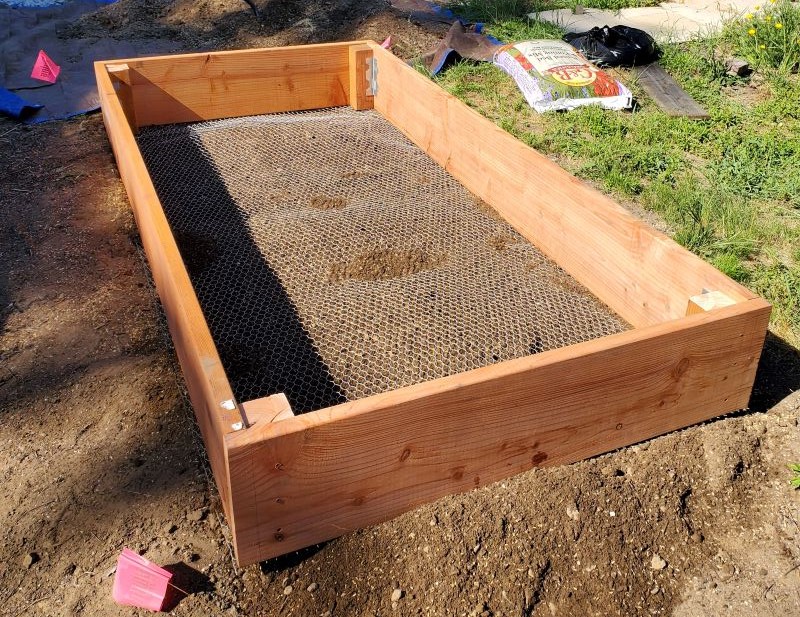
Raised beds should be deep enough to accommodate big, well-developed root systems. Corn, fennel, runner beans and sunflowers may be annuals, but they produce big roots. Artichokes and asparagus will need a safe, roomy home for several years. Rose roots will hit the bottom of the raised bed, in a few seasons. My solution is to attach ¾” x 1” gopher wire to the bottom of the bed, using 3/4“ poultry staples with 6” to 8” spacing. Wire allows mature roots to grow out into the surrounding soil, while protecting the main root ball from gophers. I use 2” x 12” redwood boards. Some plans call for 2” x 6” boards but that’s at least twice as much cutting and drilling. I’ve tried 2” x 8” boards, but roots need space. Go big or stay home. I also recommend using 12”, 4” x 4” posts to protect the corners from rain, summer drying, and the pressure of damp soil. I use right angled joist hanger brackets in the corners for extra stability. And please don’t try all this without at least an 18 V drill and serious deck screws, such as 3 x 9, star point, exterior wood screws (small wood screws will not penetrate smoothly and the Phillips screw head will strip when the screw sticks). Unless the wood is seriously warped, these will hold your raised bed frame together for years. I know whereof I speak. I started doing the above-mentioned deck demo with a 6 V drill. My wrists and shoulders are still recovering. Read up on torque.
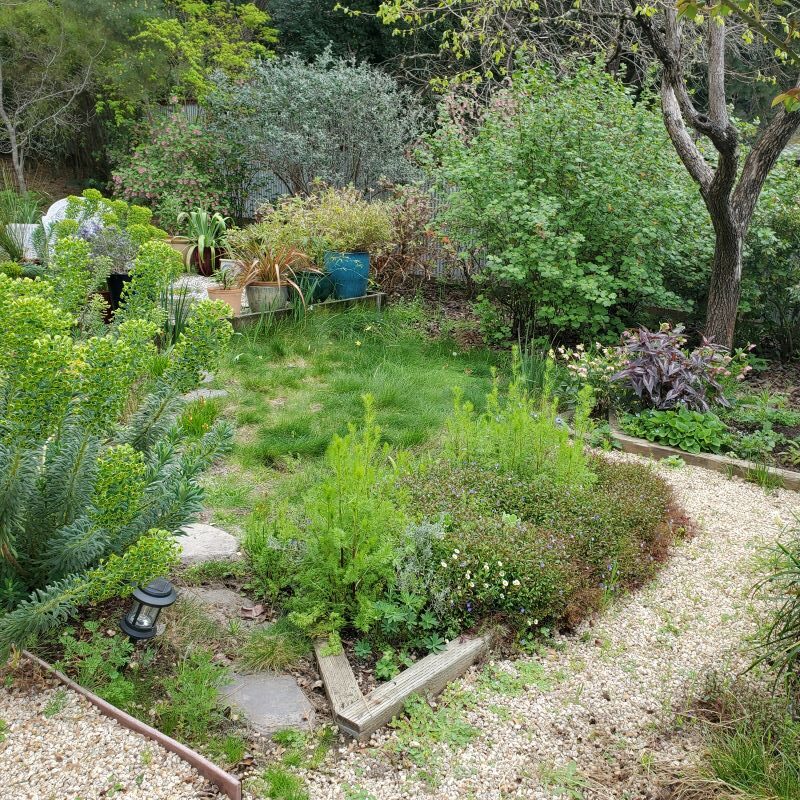
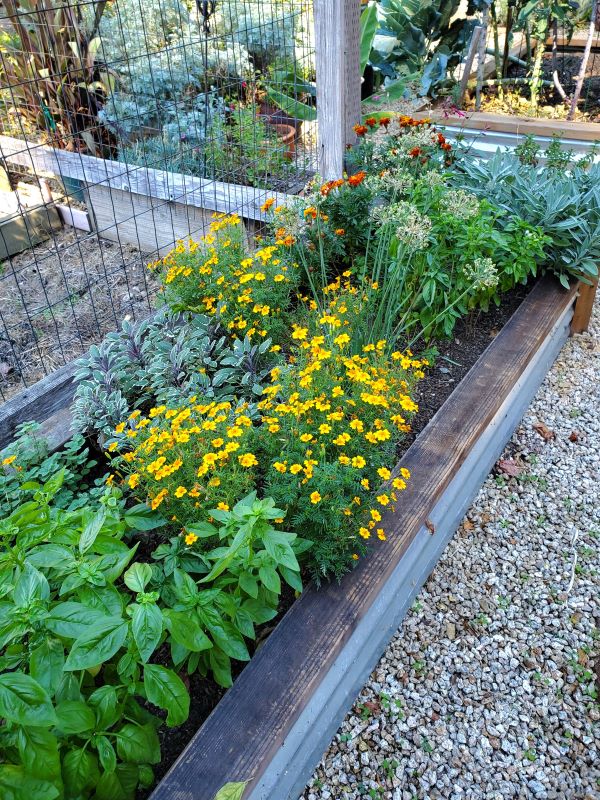
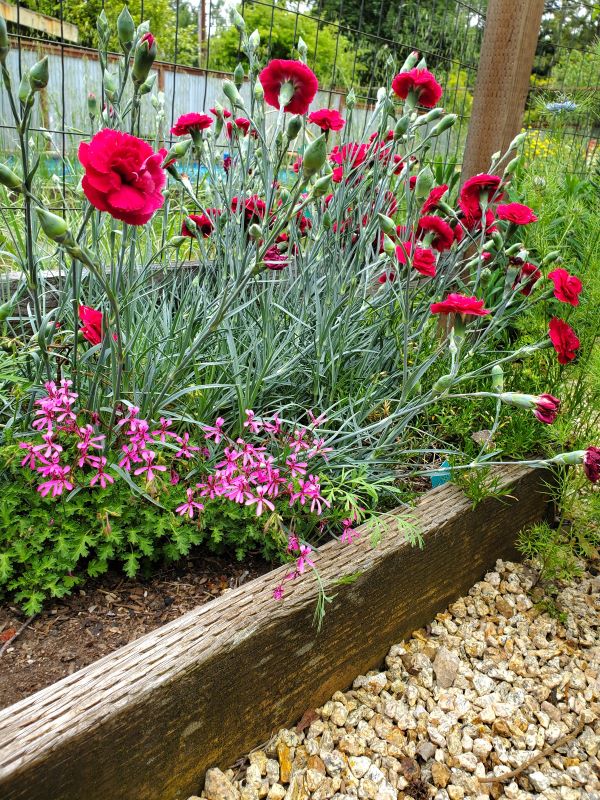
Now, about the trapping story I mentioned above. My garden has 6 raised beds and a huge number of ¾” x 1” wire “gopher baskets.” For the most part, these measures are effective. Unfortunately, however, gophers are tenacious and capable of rudimentary learning. I have seen them climb over the rims of both baskets and raised beds, eat the plant(s) therein, climb back out and scamper away. So I supplement with cinch traps. Next time we’ll discuss how they evade those. Nature bats last.
Josh Reilly, aka Uncle Skip, writes about seasonal gardening from his home in beautiful Ben Lomond, California.
Article photos by Josh Reilly
Featured photo by Alexander Fox
***
Have local story or community news to share? The team at the San Lorenzo Valley Post welcomes your Santa Cruz Mountains news, story ideas, photos, and letters. Send us an email.
Sign up for our newsletter to stay connected to news and events in the Santa Cruz Mountains.
The San Lorenzo Valley Post is your essential guide to life in the Santa Cruz Mountains. We're dedicated to delivering the latest news, events, and stories that matter to our community. From local government to schools, from environmental issues to the arts, we're committed to providing comprehensive and unbiased coverage. We believe in the power of community journalism and strive to be a platform for diverse voices.

